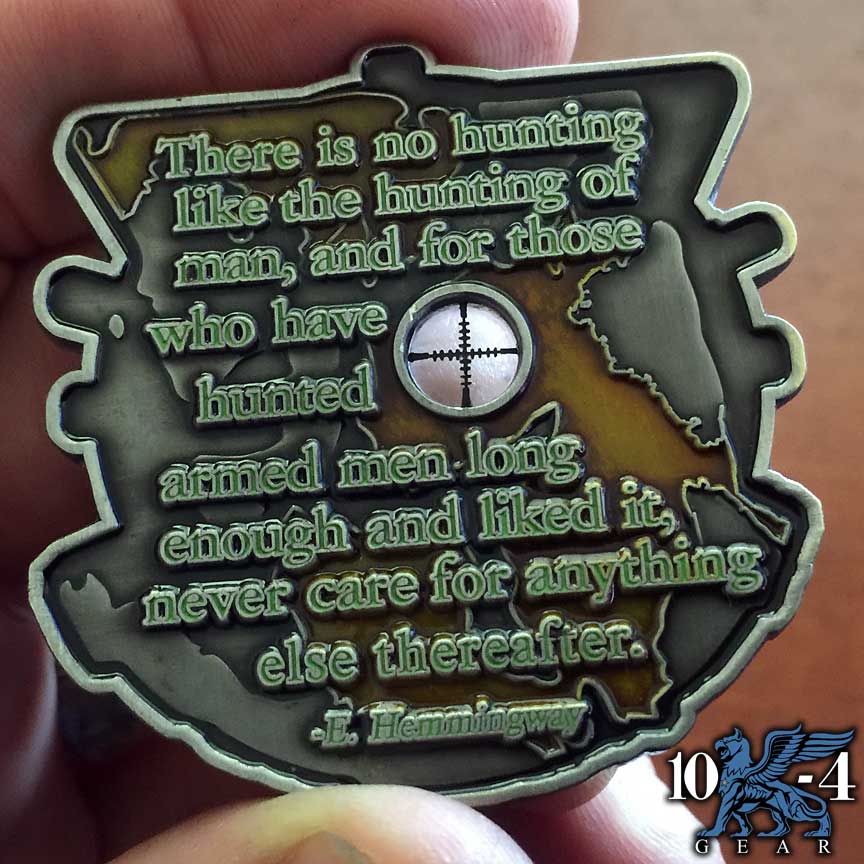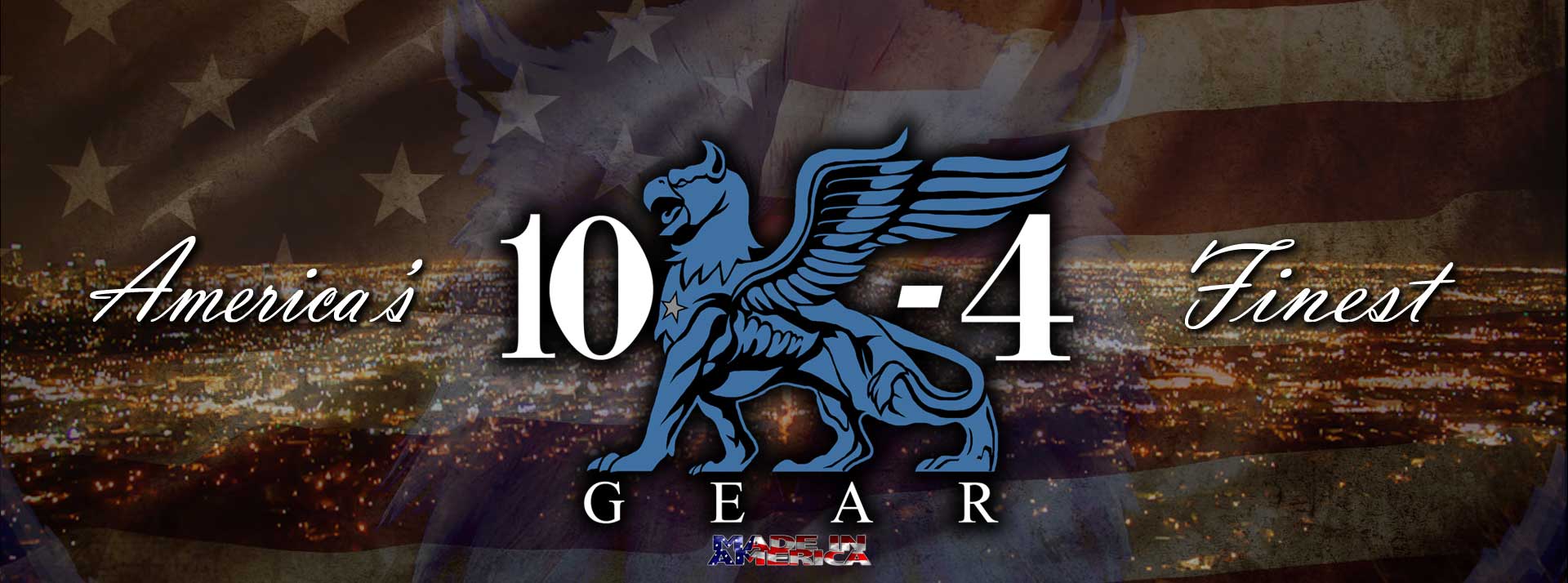The Role of Police Snipers in Ensuring Public Safety. Police units and special task forces often employ a highly skilled police sniper to provide precision long-range support and enhance their operational capabilities. The specific types of sniper rifles used may vary depending on the country, agency, and mission requirements.

However, several popular sniper rifle platforms are commonly utilized. Here are some examples:
- Remington 700: The Remington 700 is a bolt-action rifle that has been widely adopted by law enforcement and military units worldwide. It is available in various calibers and configurations, allowing for versatility in different scenarios.
- Accuracy International AW/AX: The Accuracy International AW (Arctic Warfare) and AX sniper rifles are renowned for their exceptional accuracy and ruggedness. They are often favored by elite law enforcement and military units due to their reliability and precision.
- Barrett M82/M107: Although primarily designed as an anti-materiel rifle, the .50 caliber Barrett M82 (and its successor, the M107) can also serve as a long-range sniper rifle. These powerful rifles can engage targets at extended distances and penetrate various barriers.
- Heckler & Koch PSG1: The PSG1 is a semi-automatic sniper rifle manufactured by Heckler & Koch. It offers excellent accuracy and is often employed by specialized police units, particularly in counter-terrorism roles.
- Sako TRG: The Sako TRG is a Finnish bolt-action sniper rifle available in various calibers. It is highly regarded for its reliability, accuracy, and modularity. Many law enforcement agencies utilize the TRG for precision shooting.
- AI AWM (Arctic Warfare Magnum): The AI AWM is a variant of the Accuracy International rifle chambered in magnum calibers, such as .338 Lapua Magnum. It offers extended effective range and excellent terminal ballistics, making it suitable for specialized law enforcement applications.
- SIG Sauer SSG 3000: The SSG 3000 is a bolt-action sniper rifle manufactured by SIG Sauer. It is known for its accuracy, ergonomic design, and robust construction. Some police units prefer this rifle for its reliability and precision.

These are just a few examples of the sniper rifles commonly used by police units and special task forces. Different agencies may have specific preferences based on their requirements and procurement policies. Additionally, the selection of optics, ammunition, and other accessories can further enhance the capabilities of these rifles in various operational environments.
Snipers in police units and special task forces are highly trained individuals who specialize in long-range precision shooting. They play a crucial role in enhancing the capabilities of law enforcement agencies during various operations and scenarios. Here’s an overview of what police snipers do, including their role in overwatch at sporting events and outdoor functions:
- Overwatch and Surveillance: Police snipers often provide overwatch and surveillance during high-profile events, such as sporting events or large outdoor functions. From an elevated position, snipers have a vantage point that allows them to monitor the area, identify potential threats, and provide real-time intelligence to the command center or on-site tactical teams.
- Counter-Sniper Operations: In situations where there is a potential sniper threat, police snipers are deployed to neutralize the threat and protect civilians and law enforcement personnel. They are trained to locate and engage hostile snipers, mitigating the risk and minimizing casualties.
- Hostage Situations and Crisis Negotiations: During hostage situations or crisis negotiations, snipers can be positioned to provide support and ensure the safety of hostages and negotiators. Their presence serves as a deterrent to potential aggressors and provides a means to incapacitate them if necessary.
- High-Risk Arrests and Raids: Snipers are often part of the tactical team involved in high-risk arrests or raids. Their primary role is to provide precision fire to disable or neutralize armed suspects, minimizing the risk to officers and bystanders. They are trained to take accurate shots under high-pressure situations while ensuring the safety of innocent individuals.
- Intelligence Gathering: Snipers are skilled observers who gather valuable intelligence during operations. Their extended range and observation capabilities enable them to identify potential threats, assess the situation, and relay critical information to the command center or tactical teams on the ground.
- Specialized Training and Support: Police snipers undergo rigorous training programs that focus on marksmanship, concealment, camouflage, and tactical movement. They are proficient in the use of advanced sniper rifles, optics, and other equipment. Snipers also receive specialized training in areas such as ballistics, wind reading, and urban or rural environment operations.
- Crisis Resolution and Precision Engagement: Snipers are trained to resolve crisis situations with minimum force whenever possible. Their precision shooting skills allow them to engage specific targets, such as armed individuals, with high accuracy. This precision helps minimize collateral damage and ensures the safety of innocent civilians.
It’s important to note that the deployment of snipers in these scenarios is carefully planned and coordinated, with a focus on maximizing public safety and minimizing the risk to all involved. The presence of snipers acts as a deterrent and provides an additional layer of security in high-risk situations, offering a valuable tactical advantage to law enforcement agencies.



